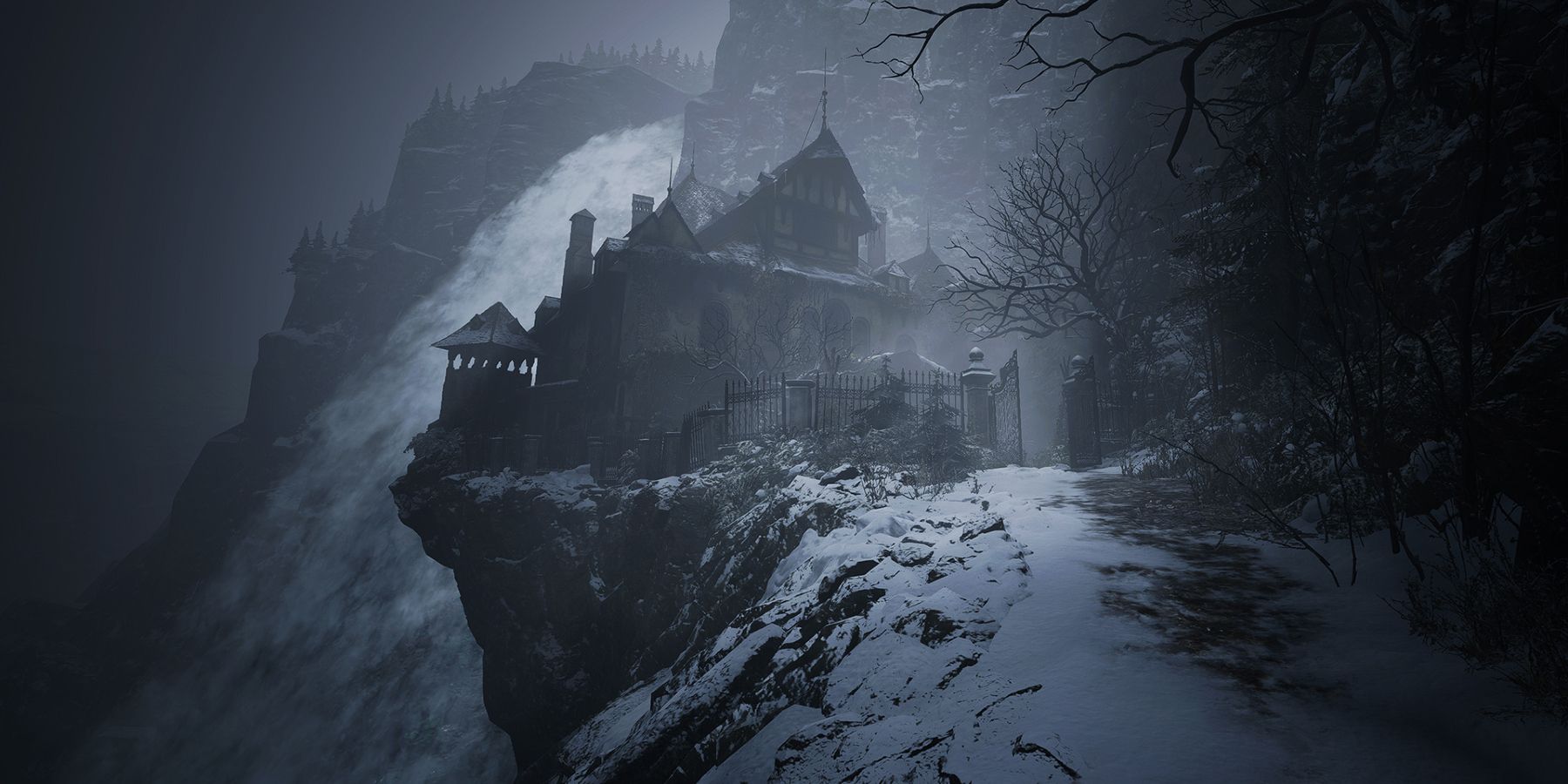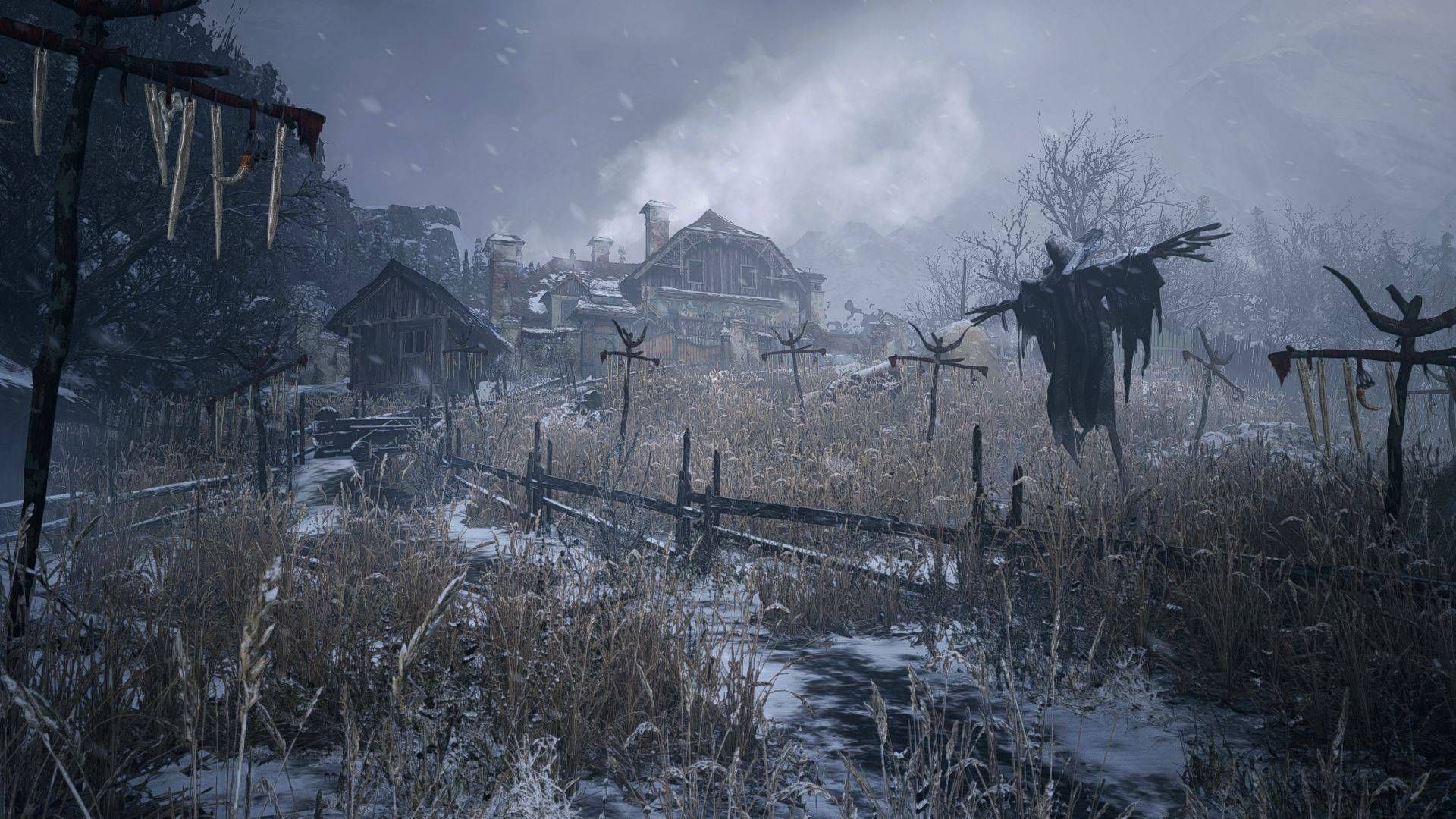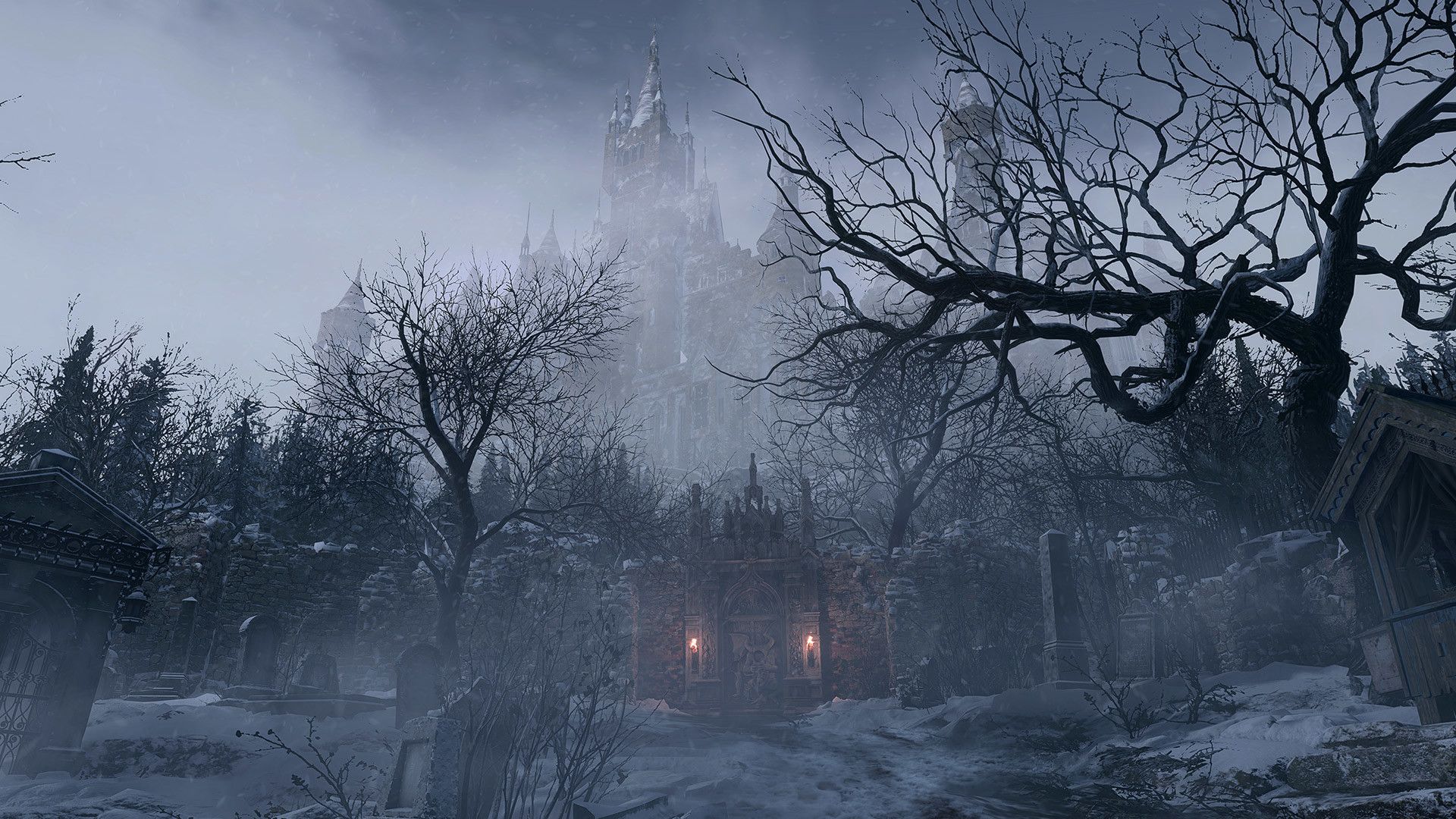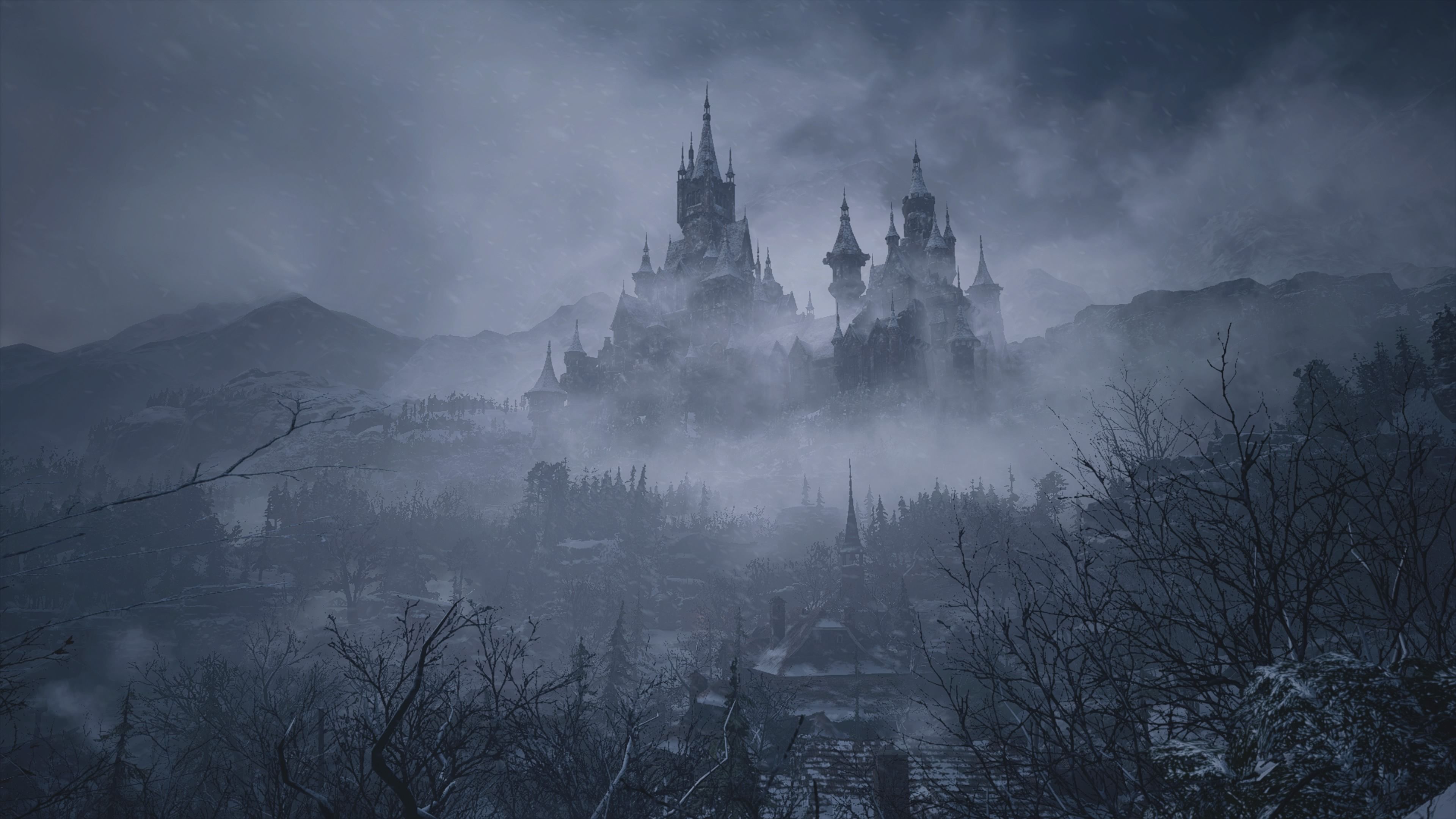Few reasons explain why Resident Evil’s survival-horror and action-oriented franchise installments are hugely popular. Resident Evil’s settings are responsible for whether an installment is distinctly significant, arguably more so than its starring characters. Certain archetypal villains are also important ingredients in the mixture, but iconic locations, such as Resident Evil’s Spencer Mansion or Resident Evil 2’s Raccoon City Police Department, establish unforgettable settings for survival-horror that are immersive and intimate.
If executed well, the atmosphere that these settings depict will be substantial, uniquely portrayed, and appropriate for the narrative and its characters. Many settings in Resident Evil are based around an urban city or remote landscape that features the underpinnings of some nightmarish Umbrella Corporation scheme. One setting in particular, the European horror atmosphere, is arguably Resident Evil’s most popular, and should be revisited again after the highly successful Resident Evil Village.
How Resident Evil 4 Influenced Resident Evil Village
Resident Evil’s European horror atmosphere began with Resident Evil 4, with a loose interpretation of rural Spain. Far from Raccoon City’s urban streets, Resident Evil 4 stars franchise-favorite Leon S. Kennedy from a third-person perspective, with a structural overhaul on gameplay that oriented the series toward action, rather than survival-horror.
The game’s most fascinating feature is its environment, and how it creates a tense atmosphere for the player. This is all in spite of the game relying upon its many firearms in arcade-esque shooter gameplay, with interactive QTEs that let Leon suplex Ganados and engage in a cinematic knife-fight with Jack Krauser. Bleak, beige villages are host to Ganado mobs, an archaic castle is host to animated suits of armor, and subterranean cells are host to the Novistador insectoids.
These environments allow Resident Evil to introduce creative monstrosities and puzzles for players to encounter that are appropriate for the setting. Resident Evil Village’s original announcement surprised fans with the franchise returning to a remote, European landscape for its setting in a snowy, mountainous village. Because Resident Evil 4 is one of the franchise’s most beloved games, this excited fans who were eager to return to that game’s atmosphere and setting.
Upon release, Resident Evil Village proved that it was so much more than a nostalgic retread of the fourth game, though it is not without its respectful references to Resident Evil 4’s action-packed features and quirky NPCs. The Duke is unapologetically reminiscent of Resident Evil 4’s enigmatic Merchant, for example, and Salvatore Moreau’s mutated form in Resident Evil Village's waterlogged reservoir is purposely reminiscent of Resident Evil 4’s Del Lago creature.
Resident Evil's Environments Set Each Entry Apart
Ethan Winters may not be as beloved or iconic a character as Chris Redfield or Jill Valentine, but it is inarguable that the two entries that feature Ethan as the playable protagonist are memorable for the remarkable set pieces, rather than his presence or one-liners. The addition of Ethan as a new character, while jarring to some, offers immersion in these environments without the distraction of a significant name or personality in the forefront. This is also one of the reasons why Resident Evil has turned to a first-person perspective.
Resident Evil 7’s backwoods bayou landscape and Texas Chain Saw Massacre aesthetic felt authentic enough for a single installment. However, it is hard to say if a future Resident Evil game could bottle that terrifying and repugnant atmosphere again with the same intrigue and novelty that the seventh entry brought to the franchise. Before the last two installments, Resident Evil has maintained the tired tradition of its mainline games’ third acts taking place in clandestine laboratories.
These laboratories and their dramatic self-destruct sequences are not necessarily bad altogether, but they sometimes cheapen the game’s first acts, particularly if their locations are positively memorable. Likewise, Resident Evil’s traditional zombies are basic fodder, even if they are difficult to take down or evade in tight corridors with static camera angles. Las Plagas locals in Resident Evil 4 and Resident Evil 5 are much the same and, though they are quicker and tend to mutate, they still pale in comparison to the likes of Lickers, Hunters, and Regenerators.
However, Resident Evil Village immerses its atmosphere completely in European gothic folklore with fantastical creatures that are still narratively tied to Resident Evil’s bioweapon underpinnings, but are distinctly unique from the scientific mutations players are familiar with. Resident Evil Village’s lycans and vampires isolate the franchise from its formulaic Umbrella creations further.
Resident Evil 7’s Molded achieved this distinction as well, though they were considerably unfavorable as new enemies due to a lack of variety in either aesthetic or gameplay, as the game’s only enemy type aside from insect swarms. The most important aspect of these enemies in either Resident Evil 7 or Resident Evil Village is that they would feel starkly out of place in an urban metropolis or other cosmopolitan area.
Resident Evil Should Stick to a European Horror Atmosphere
Each game’s fear and tension comes chiefly from the fact that the player is subject to an unfamiliar environment, with unfamiliar creatures they must contend with, and this is ultimately where Resident Evil has the most extraordinary opportunity to implement new ideas. Still, it may be in Capcom’s best interest to follow Resident Evil Village with another entirely individual atmosphere, as a way to branch out and explore what environments and settings are plausible for the franchise’s novelty.
Resident Evil Village ends on a note that could take the series in one of two directions: On the one hand, the ninth installment could follow Chris as he infiltrates the BSAA headquarters in Europe, where there is a threat of organic, humanoid soldier BOWs. The game could be fully action-oriented, as was his playable sequence in Resident Evil Village’s third act. On the other hand, the ninth installment could follow Ethan and Mia’s daughter, Rosemary, in some contemporary setting and possibly explore any abilities she may have.
It seems unlikely that Resident Evil would wholly abandon the horror genre once again due to how popular its resurgence has been since the seventh installment. Moreover, Resident Evil excels with a European horror atmosphere, and it would be a shame if it is not a key setting for at least one more entry in the future as there are a lot of unearthed themes and concepts that could be derived from it.
Resident Evil Village is available now for PC, PS4, PS5, Stadia, Xbox One, and Xbox Series X/S.




